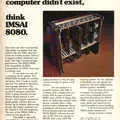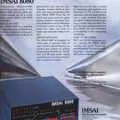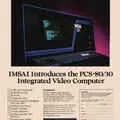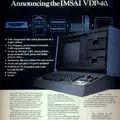IMSAI Advert - January 1977
From Byte - The Small Systems Journal
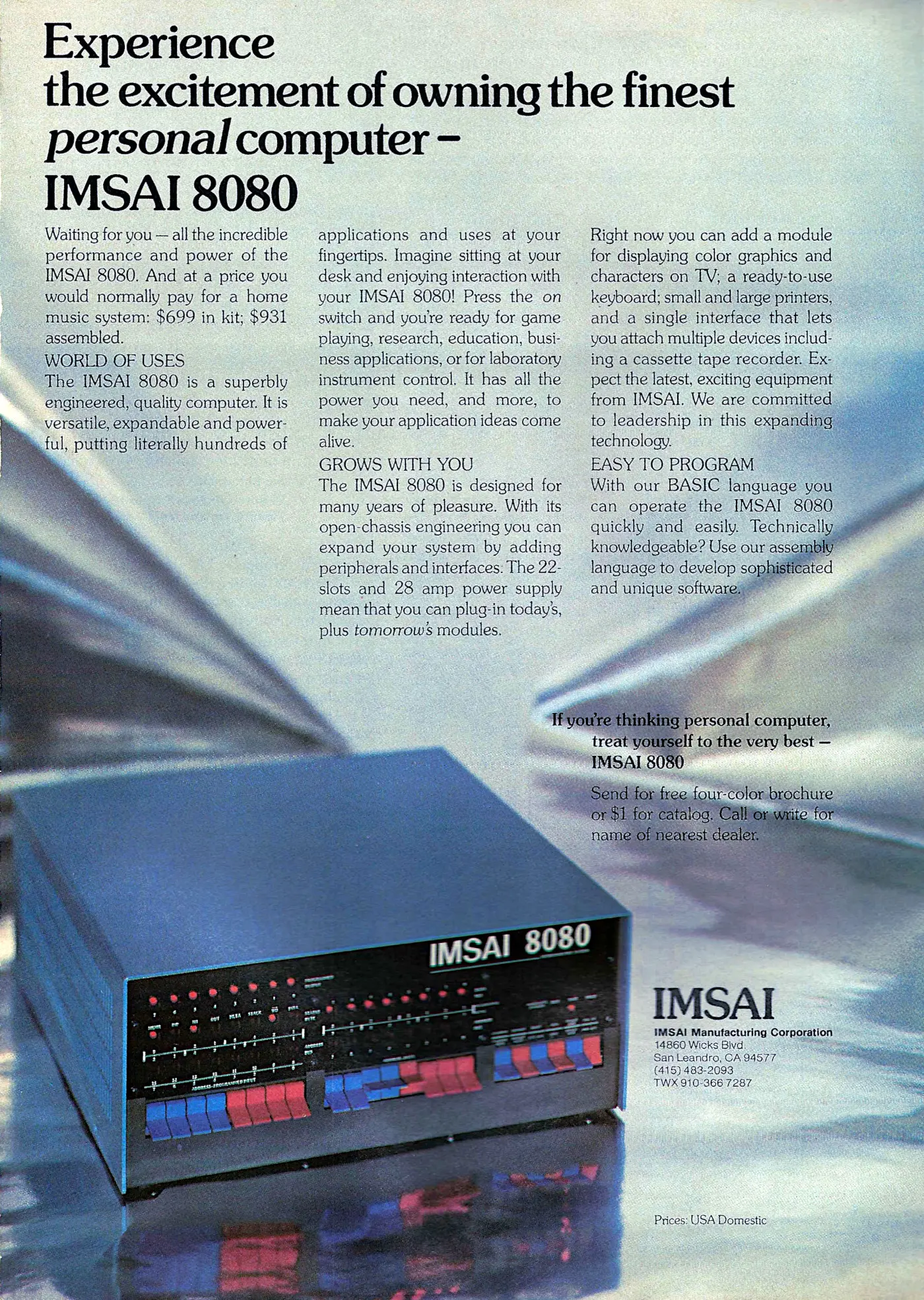
Experience the excitement of owning the finest personal computer - IMSAI 8080
This is another advert for the IMSAI 8080, as used by Matthew Broderick's character David Lightman in the classic nerd-film "War Games"[1], although at least when this advert came out the machine was actually new, whilst War Games wouldn't be made for another six years.
It retailed for $931 assembled (about £4,660 in 2025 terms), ran an Intel 8080 and had 22 expansion slots on an S-100 bus, all of which was fed with a 28 amp power supply.
The 8080's style of input, using switches for programming and using lights for feedback, was quite common at the time but was arguably only of interest to hobbyists and science-types. Keyboards and video displays were available, but mostly only as expensive add-ons which would be out of the reach of most home users' budgets.
Despite the hostile user interface, "Blinkenlights" survived up until 1981 and the era of the IBM PC, with Ithaca's DSP-1 being considered as the last of the line, although on this machine it was pitched more as a debugging feature than a serious way of programming.
The IMSAI's S-100 bus - or Standard 100 - was named after its 100-pin connector. It was first used on the Altair 8800 where it was known simply as the Altair bus, but its subsequent use on the IMSAI 8080 - which was really a clone of the Altair anyway - helped turn it into a cross-micro standard.
Many micros of the mid-1970s, and even into the early 1980s, ended up offering the S-100 bus, sometimes with over 20 slots for additional cards. As of September 1978, Personal Computer World was reporting some 150 manufacturers making boards compatible with the "bus of the century[2]".
Date created: 01 July 2012
Last updated: 07 October 2025
Hint: use left and right cursor keys to navigate between adverts.
Sources
Text and otherwise-uncredited photos © nosher.net 2025. Dollar/GBP conversions, where used, assume $1.50 to £1. "Now" prices are calculated dynamically using average RPI per year.
